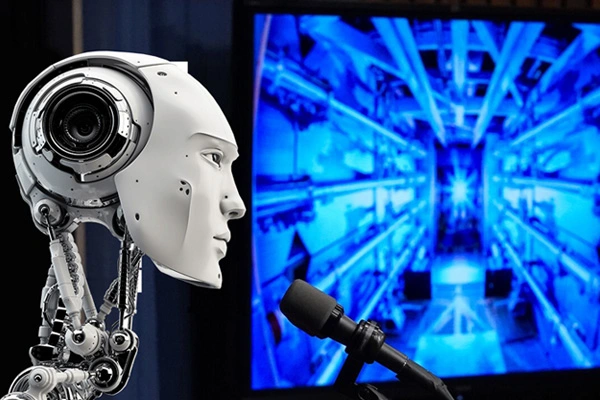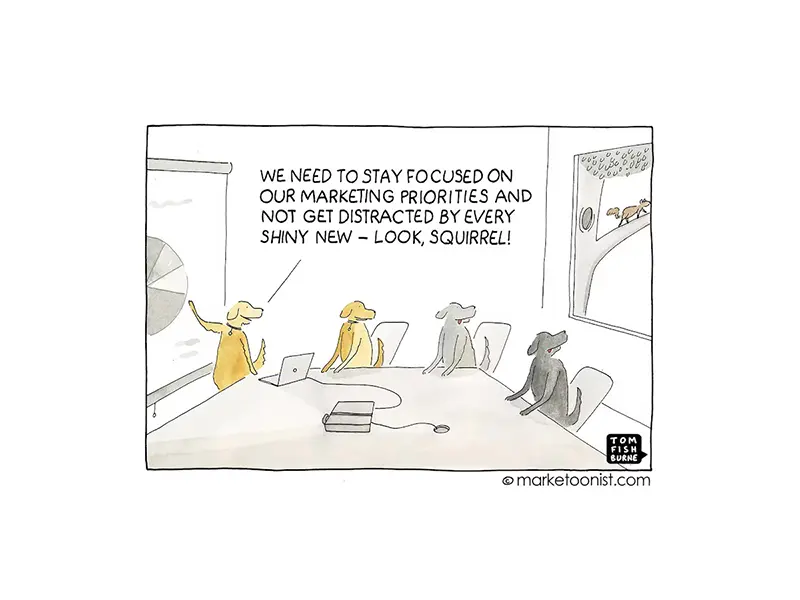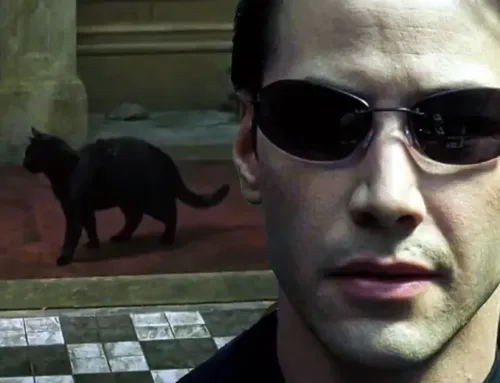The marketing world is currently all aTwitter about ChatGPT, a newly-released AI-driven chatbot technology, and what it will mean for the future of marketing. The wider Western world is all aTwitter about a nuclear fusion experiment in a California-based laboratory that has created a ‘net energy gain’ for the first time in history. Here’s what these two concepts have in common:
- Their audiences are clearly all aTwitter
- They are the leading edge of technology that has been in development, by multiple entities, for some time
- They could improve their respective worlds, but it will take decades to know if their promise can be reality
Beyond this, the concepts diverge.
We’re going to assume anyone interested enough to read this post has at least a rudimentary understanding of both technologies being discussed here. If not, a Google search will quickly remedy that.
The Holy Grail of Nuclear Fusion
Scientists have been trying to harness nuclear fusion as an energy source for a long time. Since the 1930s anyway, the same time they began trying to harness the energy of nuclear fission as a weapon. In the case of the latter, success and ‘deployment’ took less than 10 years. The former took more than 90 years to start succeeding. That’s because it’s much harder to control a nuclear reaction that it is to start one, at least here on planet Earth.
If science can move nuclear fusion from (slight) ‘net energy gain’ in the laboratory to commercialized electricity production, it will be the greenest electricity source yet. Hence the ‘Holy Grail’ comparisons. If that can happen fast enough, it could save Earth from catastrophic climate change.
The Holy Moly of ChatGPT
In 2016, Microsoft introduced TAY, the first AI-driven chatbot. That was a fail in less than 24 hours, as covered here in Marketing Wilderness: CHATBOTS JOIN THE CONVERSATION. It seems that Open-AI’s development objective with ChatGPT was to build a learning chatbot that couldn’t be compromised the way TAY was.
By early reports, ChatGPT is good at what Open-AI claims is can do—erudite but human content generation and conversation. Last week, marketing guru Mark Ritson (see sidebar) did a post about ChatGPT, purportedly written by ChatGPT: “Is ChatGPT the next big threat to Google’s dominance in the AI market?“ [2]
Now, Ritson may be having us on here, as he is wont to do. The post is scholarly in form, content and thought progression. But something is missing, and I’m afraid it’s Ritson. The often personal and sometimes pointless digressions—the humanity. Even Ritson’s trademark profanity falls a bit flat here, because it comes too early and without the usual prosaic foreplay. [1]
If the ChatGPT algorithm keeps improving, it will be the go-to chatbot technology. It will save marketers money in that humans will need to be contributing to the online experience less often and later in the customer journey. Not better than good human interaction, but maybe on par. Someday.
The Greatest Difference
Nuclear fusion could literally save the world. Under no circumstances can ChatGPT do the same for the marketing world. Marketing people need to do that themselves, as Tom Fishburne points out in what MarketingWeek recently called his GOAT Marketoon (below).
The Greatest Similarity
Outside the scientific community [3], the current expectations for nuclear fusion as the Holy Grail of green energy production technologies are outsized. Needless to say, the marketing world’s current expectations for ChatGPT are similarly outsized. Yet no one in the marketing world is seeking to manage those expectations, except (maybe) ChatGPT itself.
- The ChatGPT algorithm reportedly has filters to prevent ‘objectionable content’. We’re guessing the f-word would qualify. Maybe Ritson did some editing or maybe there’s an Aussie version of ChatGPT.
- Mark Ritson, “Is ChatGPT the next big threat to Google’s dominance in the AI market?”, marketingweek.com, December 9, 2022. Make sure you read the last paragraph last to decide for yourself if the post was created by ChatGPT.
- Daniel Jassby, “Fusion reactors: Not what they’re cracked up to be”, Bulletin of the Atomic Scientists, April 19, 2017.








A Wall Street Journal writer has done an experiment to see if chatGPT could be used for academic cheating. Specifically she used chatGPT to write a senior high school-level essay. The results are in keeping with this post, though now I’m more uncertain as to who/what wrote that Mark Ritson post. Have a look yourself: https://www.wsj.com/video/series/joanna-stern-personal-technology/cheating-with-chatgpt-can-an-ai-chatbot-pass-ap-lit/38FAA06E-076E-4959-8A5B-311913E450F9